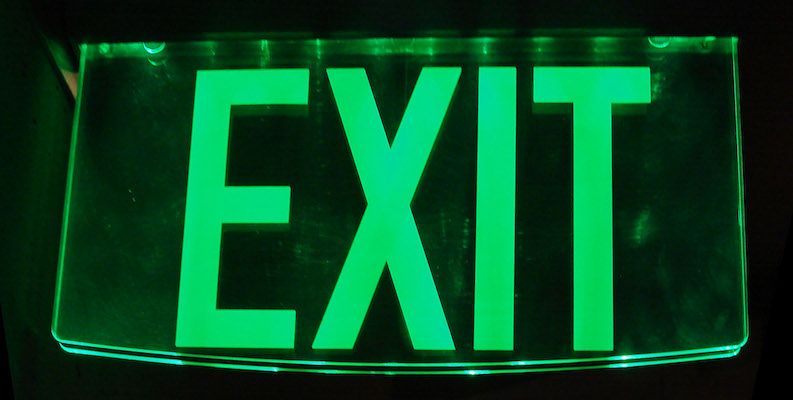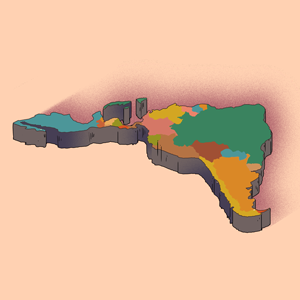The Dark Side of Shinchan
Shinchan may be every '90s kid’s laugh riot, but did you know he was originally meant for adults only—complete with flirting, nudity, and...
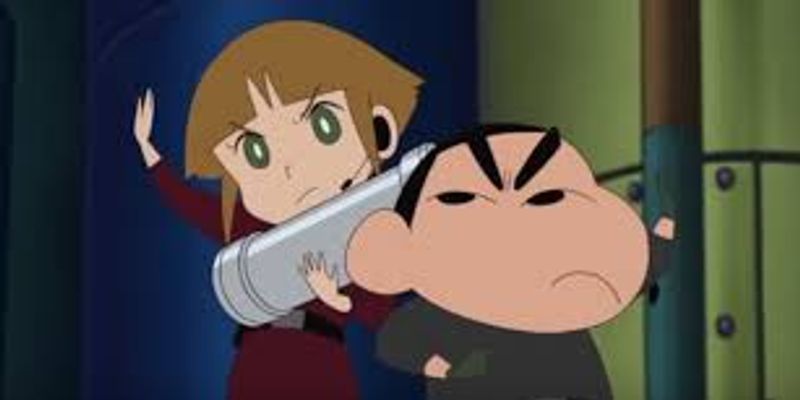

Ah, Shinchan—the mischievous five-year-old whose antics have tickled funny bones across the globe. But beneath his innocent façade lies a tale filled with adult humor, cultural clashes, and a rollercoaster ride through censorship corridors. Let's embark on this nostalgic journey to uncover the lesser-known facets of our beloved troublemaker.
Origins: Not Your Typical Bedtime Story
Born from the creative mind of Yoshito Usui, Crayon Shin-chan made its debut in 1990 within the pages of Weekly Manga Action, a Japanese magazine catering primarily to adult readers. Yes, you read that right—adult readers. The manga delved into the complexities of adult life, often through Shinchan's innocent yet cheeky lens, offering a satirical take on Japanese society.
Shinchan's character was a cocktail of audacious behaviors: unabashed flirting with older women, candid remarks that could make a sailor blush, and a penchant for dropping his trousers at the most inopportune moments. These elements, while uproarious to many adults, were laced with sexual innuendos and risqué humor, making the series a hit among grown-ups seeking a hearty laugh.
Crossing Borders: From Japan to India
As Shinchan's popularity soared in Japan, it was only a matter of time before he packed his bags (and cheeky antics) for international shores. In 2006, Indian audiences were introduced to this pint-sized tornado when the show began airing on Hungama TV. The series quickly became a sensation among children, capturing a staggering 50-60% market share for the channel.
However, not everyone was amused. Parents across India raised red flags, concerned that Shinchan's rebellious behavior was rubbing off on their impressionable offspring. Reports surfaced of children mimicking his cheeky remarks and defiant attitude, leading to household chaos reminiscent of a Shinchan episode gone rogue.
The Ban Hammer Falls
In October 2008, the Indian Ministry of Information and Broadcasting decided to pull the plug on Shinchan, citing concerns over nudity and profanity. The show's content was deemed inappropriate for young viewers, leading to its abrupt disappearance from the airwaves.
But as any fan knows, you can't keep a good troublemaker down for long.
The Resurrection: Censored but Not Silenced
Responding to fervent appeals from fans (and perhaps recognizing the show's undeniable charm), broadcasters reintroduced Shinchan to Indian television in 2009. This time, however, he returned with a few modifications:
- Alcohol? Never Heard of It: References to alcohol were swapped with more child-friendly terms like "juice."
- Wardrobe Adjustments: Scenes featuring nudity were meticulously edited or removed.
- Tamed Tongue: Profanity and suggestive dialogues were sanitized to ensure they aligned with cultural sensitivities.
These changes aimed to preserve the show's humor while making it more palatable for younger audiences and their guardians.
A Global Balancing Act
India wasn't alone in its Shinchan conundrum. Countries like South Korea and Indonesia also grappled with the show's mature themes. In South Korea, for instance, the anime underwent significant censorship, with many scenes involving Shinchan's notorious "elephant dance" (use your imagination) being axed.
The Legacy: A Mischief Maker's Mark
Today, Shinchan stands as a testament to the delicate dance between humor and cultural norms. While his antics continue to evoke laughter, they also serve as a reminder of the challenges in translating content across diverse audiences.
So, the next time you chuckle at Shinchan's mischief, remember: beneath that cheeky grin lies a complex tapestry of cultural narratives, censorship sagas, and a universal truth—that sometimes, it's the smallest troublemakers who leave the most significant marks.


![How to Find Low-Competition Keywords with Semrush [Super Easy]](https://static.semrush.com/blog/uploads/media/73/62/7362f16fb9e460b6d58ccc09b4a048b6/how-to-find-low-competition-keywords-sm.png)

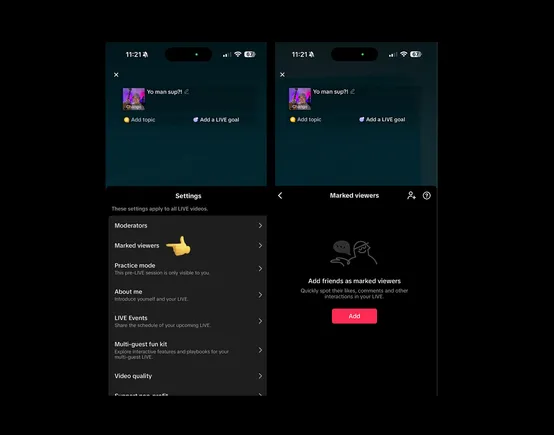
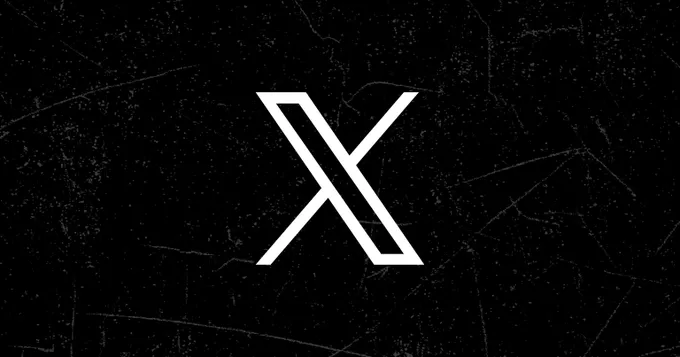


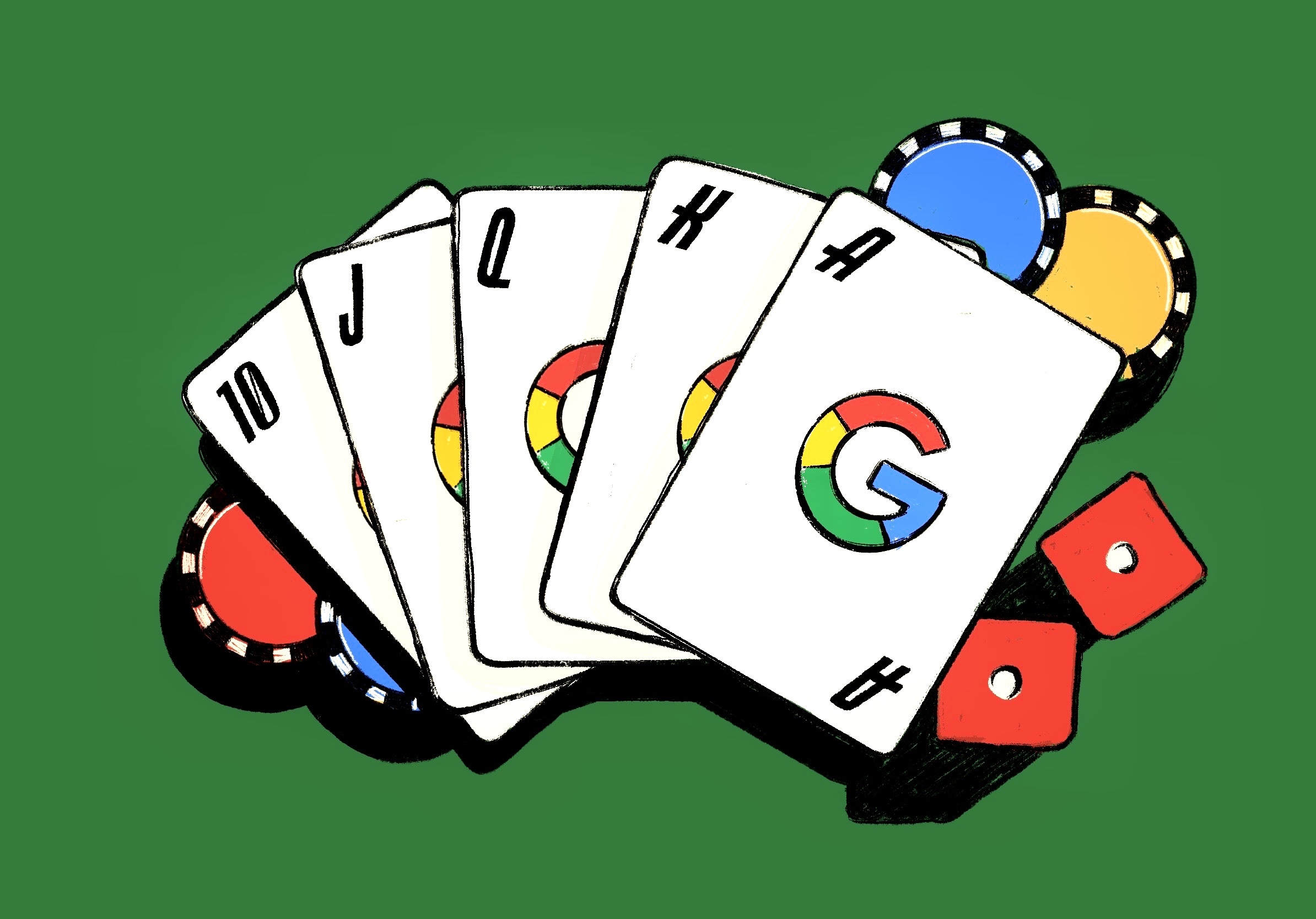
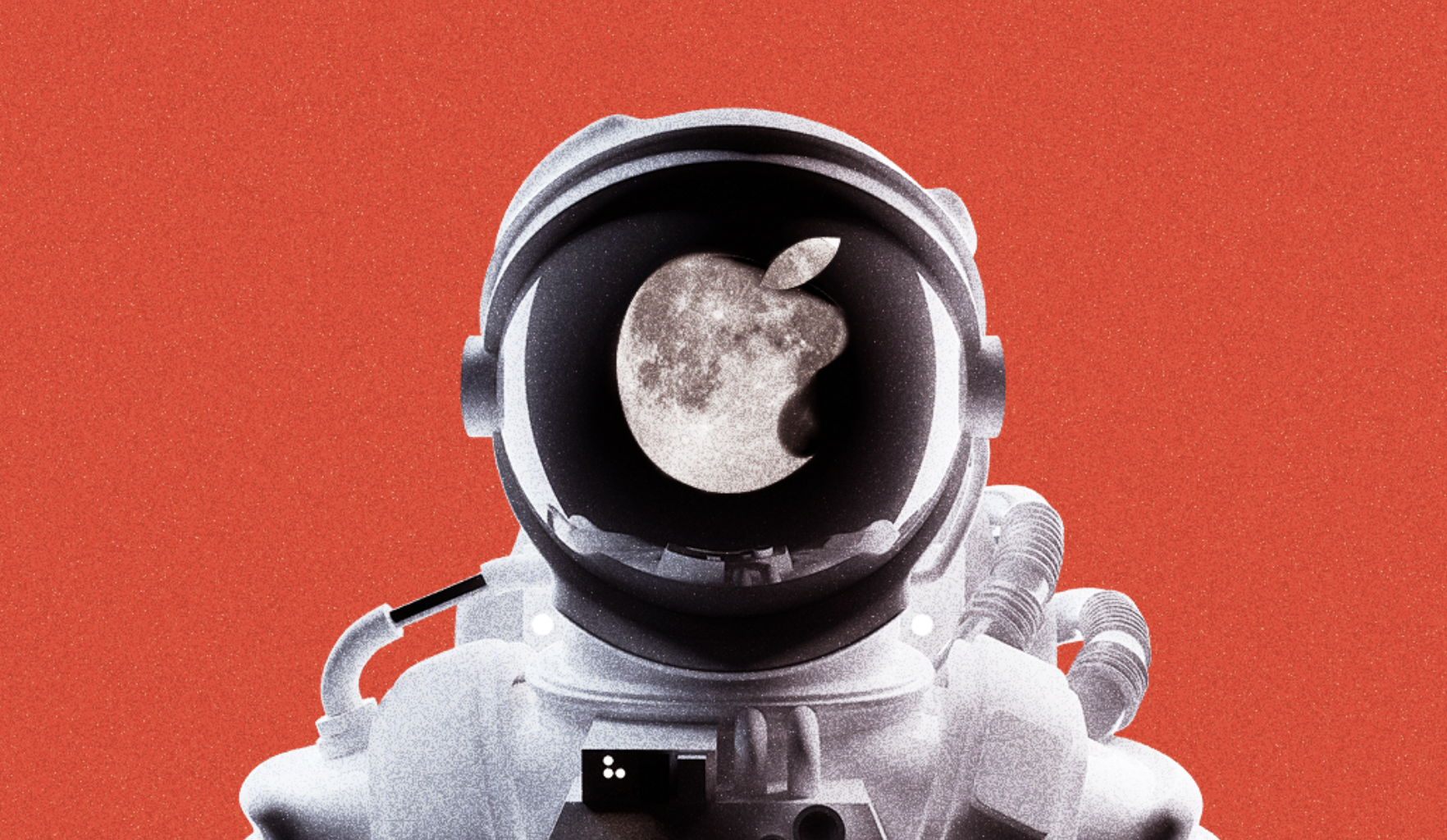






















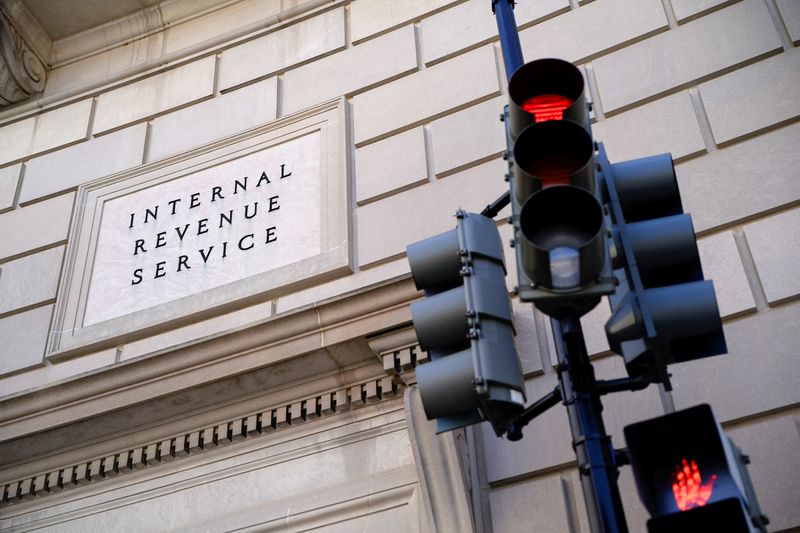











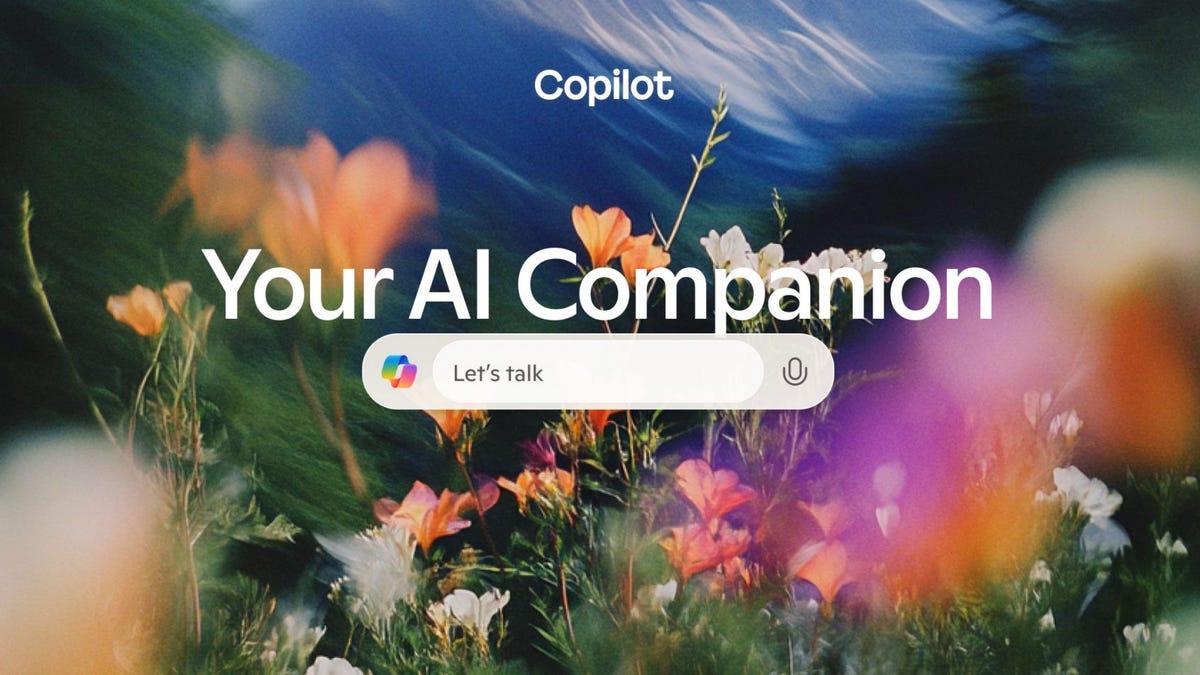









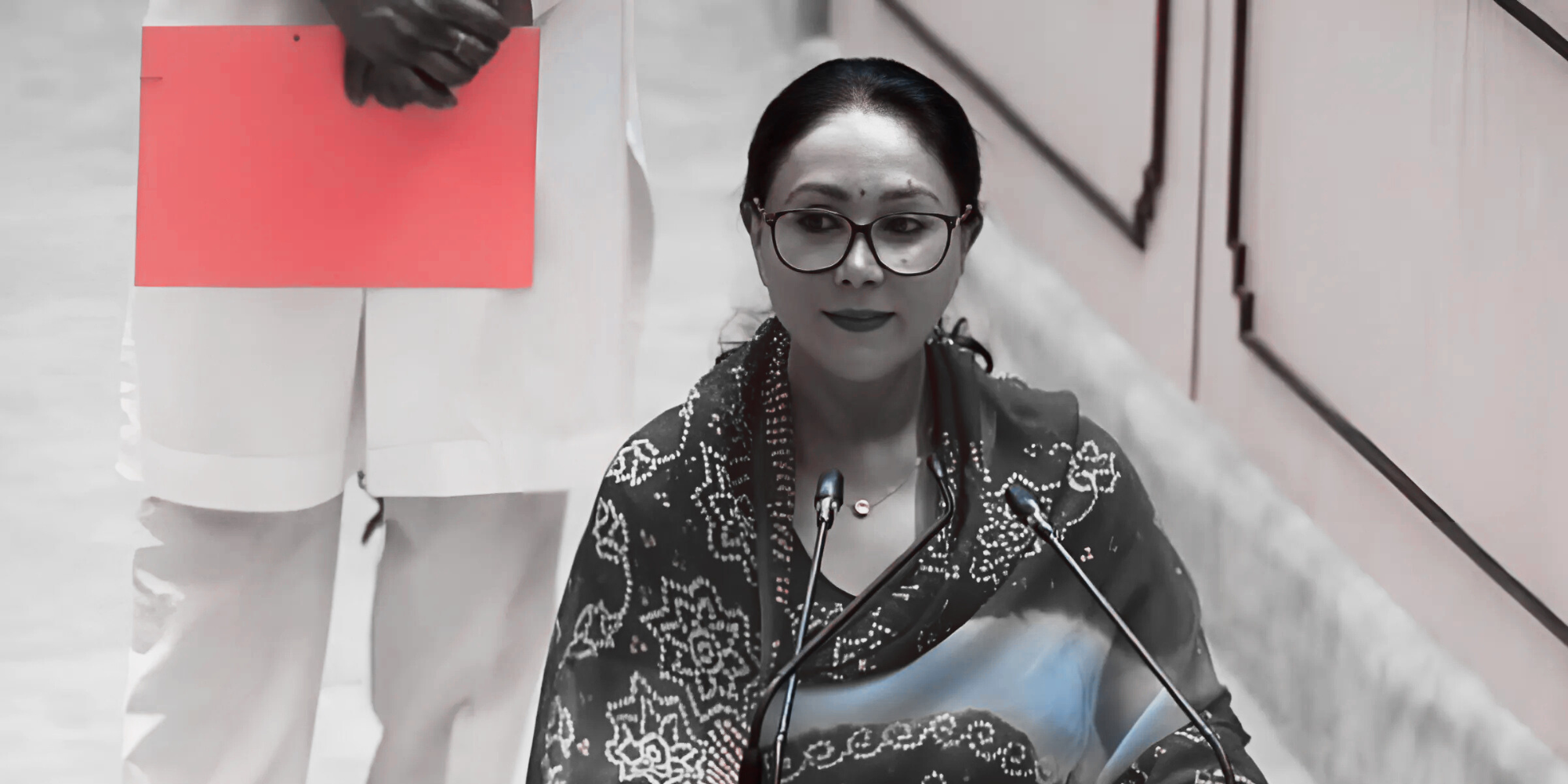
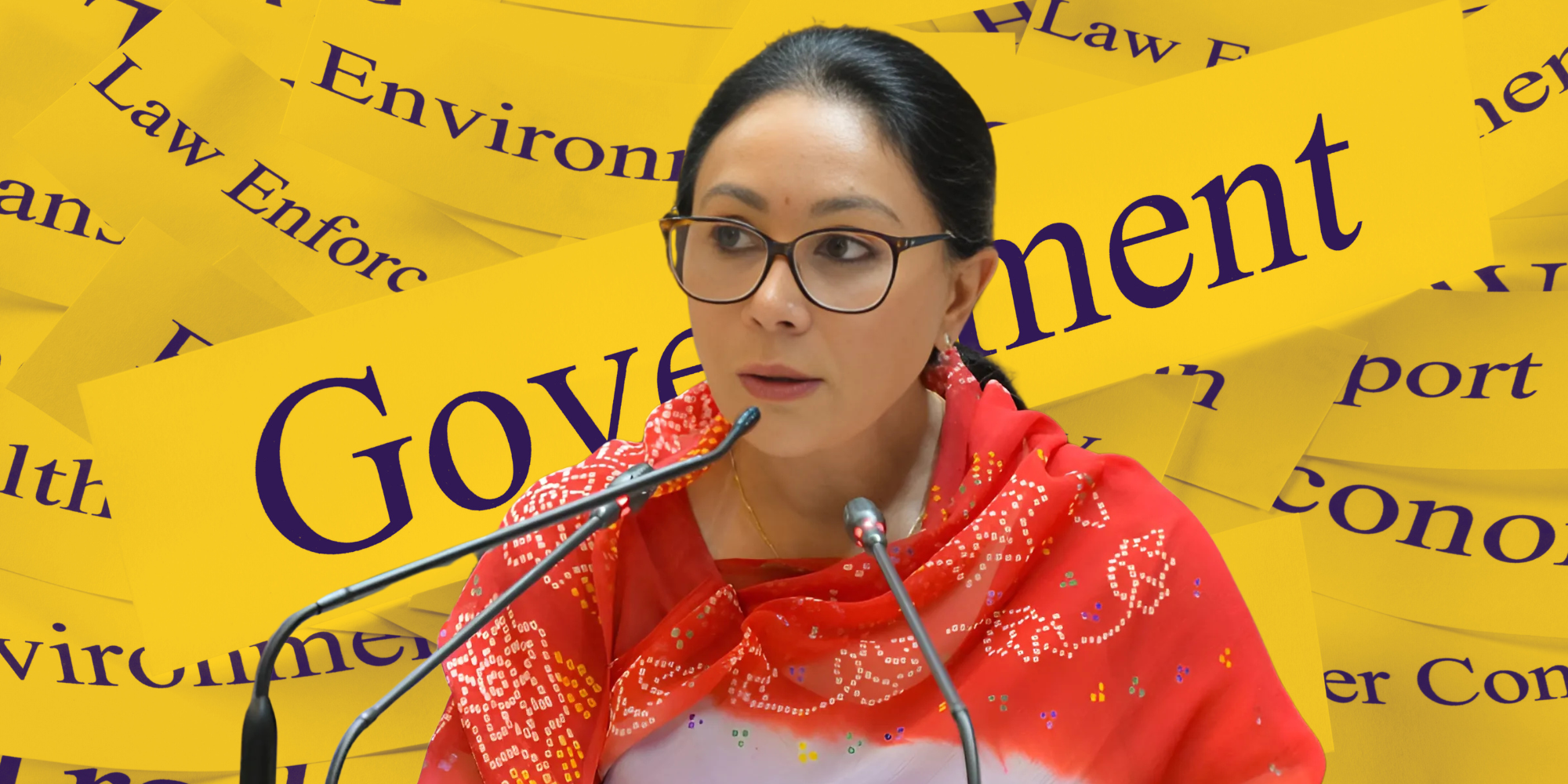






























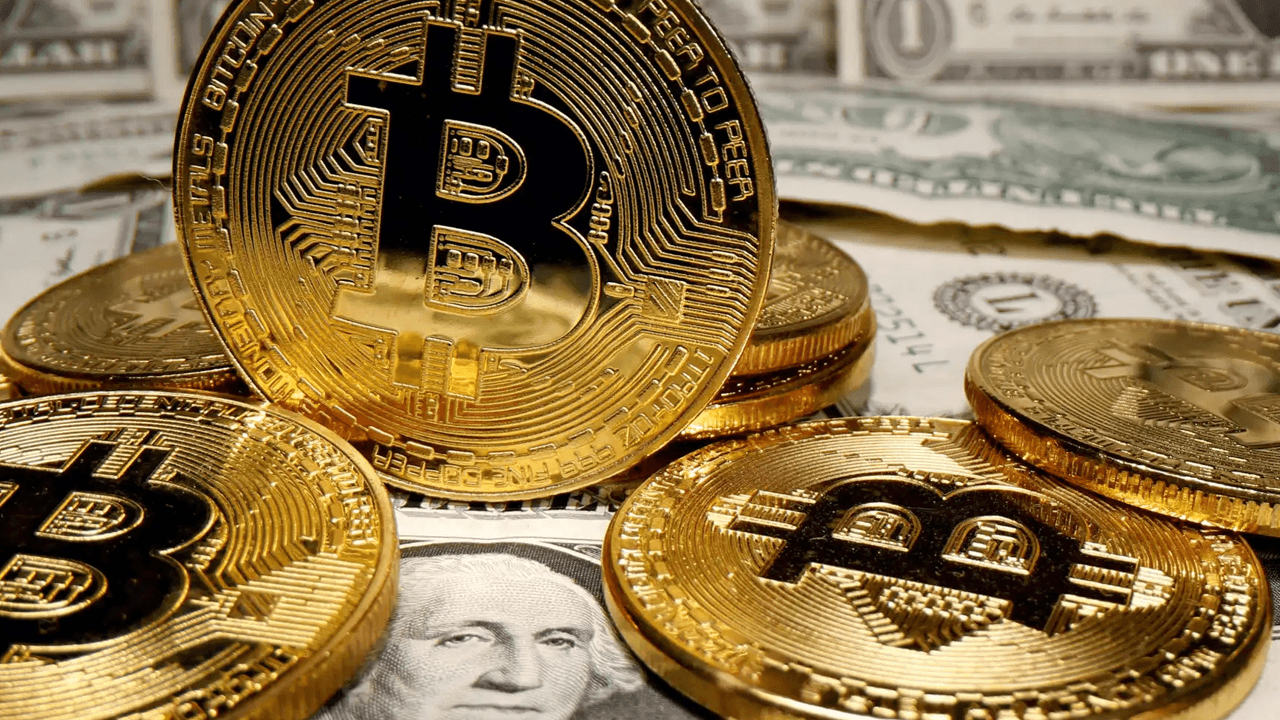


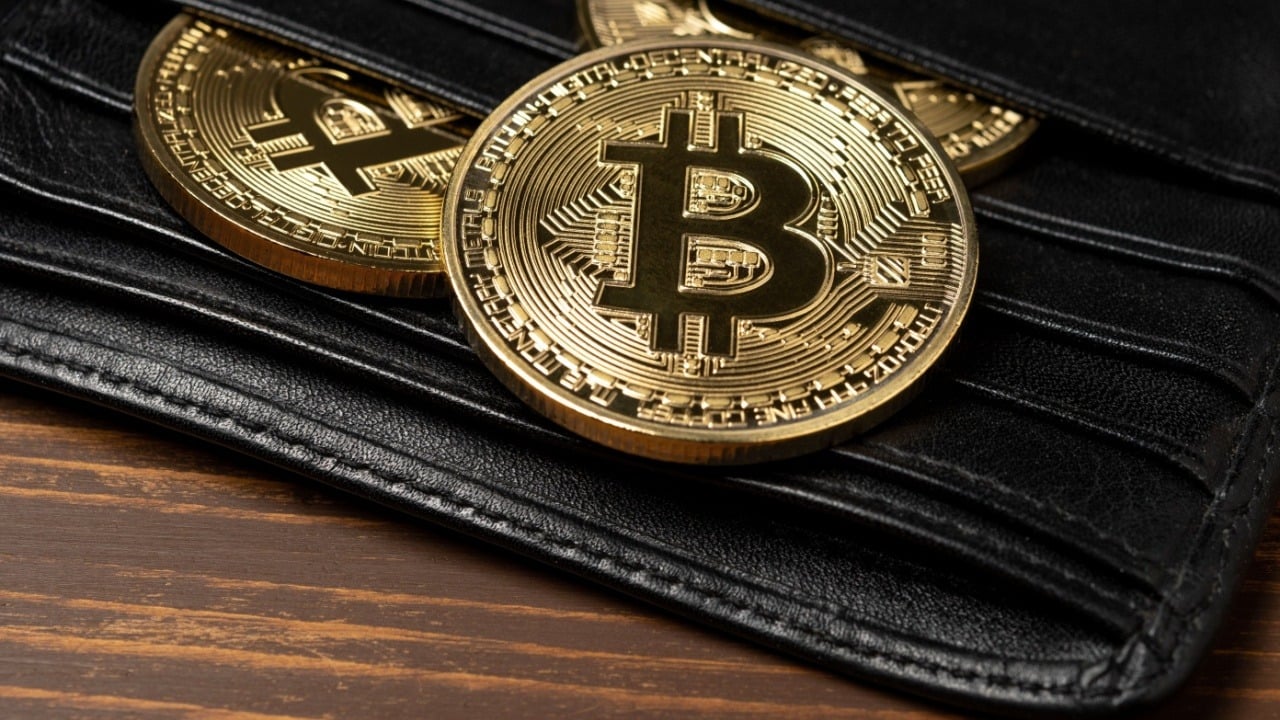


















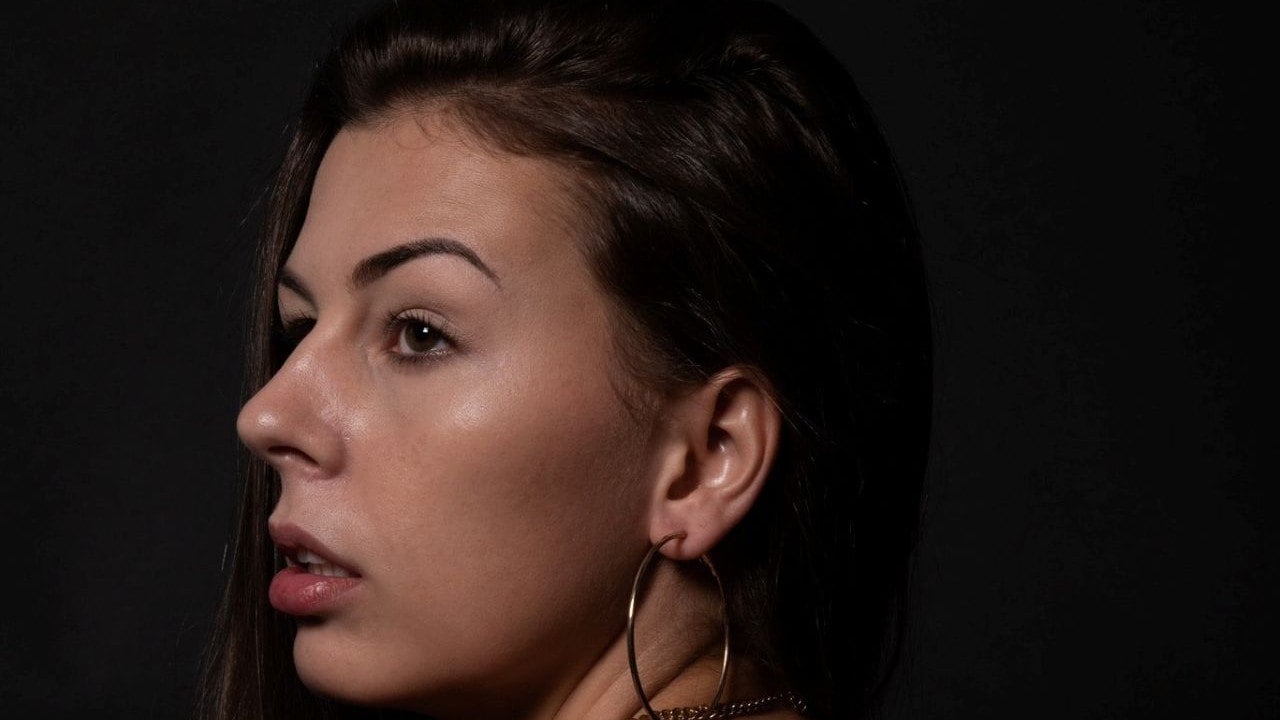






























































.jpg)
%20Abstract%20Background%20112024%20SOURCE%20Amazon.jpg)














